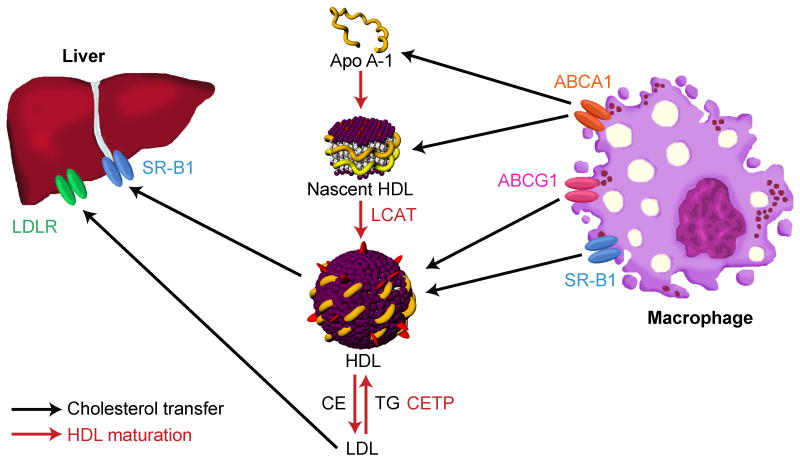Figure 1. Maturation of High-Density Lipoproteins (HDL) and Lipoprotein Transport.
Through action of the ABCA1 transporter, macrophages efflux phospholipids (violet) and free cholesterol (red) to lipid-poor apo A-I, leading to the formation of nascent HDL, also called pre-β HDL. In this discoidal form of HDL, which is ≤ 8 nm in diameter, apo A-I is thought to form a “double belt” around the structure, protecting the hydrophobic acyl groups of the phospholipids from the aqueous environment. Through action of lecithin-cholesterol acyltransferase (LCAT), cholesterol is esterified. This renders cholesterol more hydrophobic, causing it to enter the core of the particle and create a spherical, more mature form of HDL. This mature, spherical HDL transfers its cholesterol cargo directly to the liver through the SR-B1 receptor. Alternatively, the cholesterol cargo of the HDL can be transferred to LDL by action of cholesterol ester transfer protein (CETP) in exchange for triglycerides (TG). LDL can, in turn, then be taken up by the liver through LDL receptor. For clarity, not shown is the distinction between the two main forms of spherical HDL: HDL3 particles, which are smaller (about 7.2-8.2 nm in diameter), and HDL2 particles, which are larger (about 8.8-12.9 nm in diameter).

